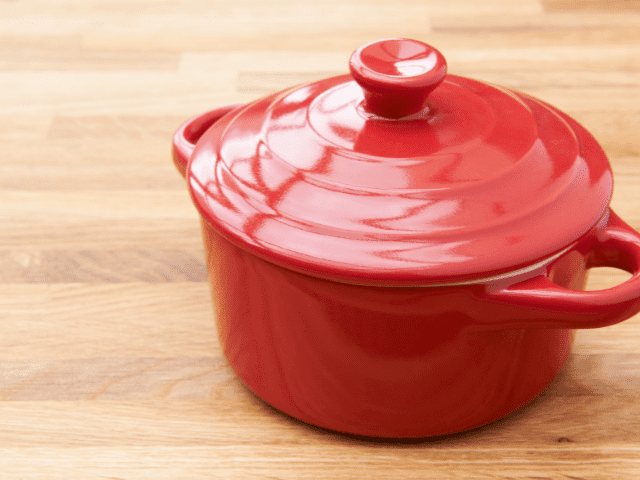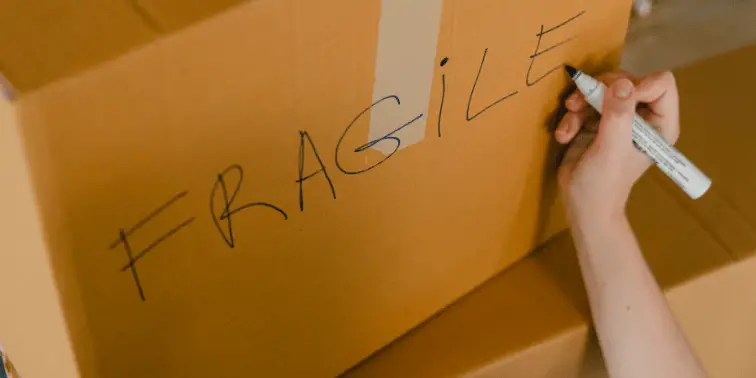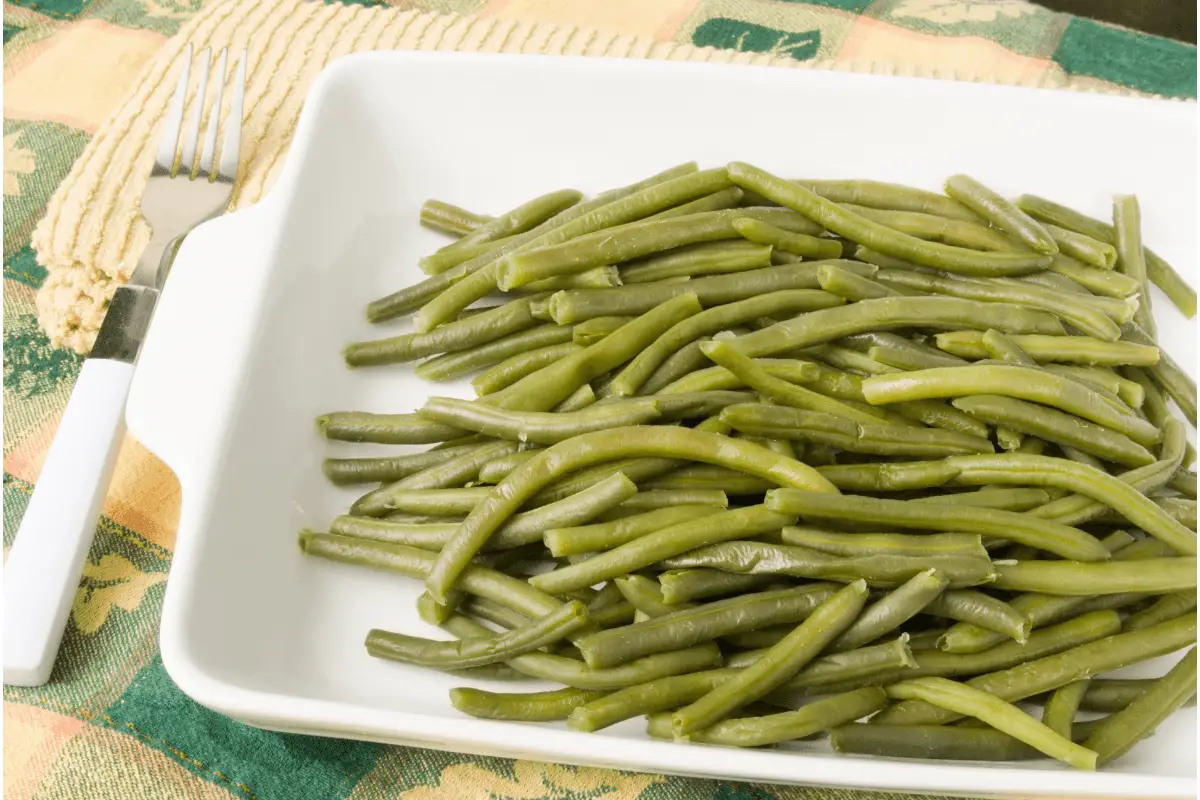The process of moving is often very stressful all on its own. You’re leaving your home behind for a new one, and that, in itself, creates a lot of stress and tension.
What can make it even more stressful is the possibility of losing your favorite plates or some of your fragile cookware. Something that’s seemingly so small can be heartbreaking when you’re already under this much stress, especially if the item you lose has sentimental value.
Because we’re all too familiar with that feeling, we wanted to help by going through all the dos and don’ts of packing breakable cookware for moving.
In this post, we’ll cover what materials you should use to pack your beloved breakables and go into detail on how to pack casserole dishes for moving.
Table of Contents
Packing Supplies You’ll Need
The process of packing your whole life burns through a ton of plastic, from bubble wrap and packaging tape to all the disposable items you might find yourself using while packing.
That’s why we suggest using compostable or eco-friendly packaging material. Not only do you eliminate plastics from the process, but you also maximize the possibility that all your cardboard boxes will be successfully recycled.
The following list includes only a handful of the possible eco-friendly alternatives, so be sure to check your local hardware store:
- Essentials
- Eco-friendly alternative to bubble wrap, like honeycomb paper wrap.
- Alternative to clear plastic tape, like U-Haul box tape
- Cardboard boxes
- Optional
- Compostable packing peanuts. These will come in handy if you have boxes that aren’t the right sizes for your casserole dishes.
- Dish pack partitions. These can be very helpful but very hard to find in the right dimensions for breakable cookware.
- Dish foam sleeves. These absorb some shock and can protect your dish, but you’ll still have to use the paper wrap because they’re too thin.
Of course, you may not be able to get some of these in your area, or you might already have stuff like tape and bubble wrap lying around your house.
We move quite a bit, so we try to keep all of our packing supplies from each move to save time and a good bit of money. Boxes,
If that’s the case, no need to buy extra stuff. Remember, reducing is often even better than recycling.
How to Safely Pack Your Casserole Dishes for Moving

Most of the following guidelines aren’t exclusive to casseroles; they apply to most breakables. However, they may not be applicable on vases, lighting fixtures, etc.
With all that said, let’s dive into how to pack casseroles for moving.
1. Secure the Box
Yes, that might be obvious, but it’s also one of the most common accidents that can easily send half your kitchen to breakables’ heaven.
But, most boxes need way less tape than most of us probably put on them. A single strip of quality packing tape across the seam on the bottom of the box can hold over 100 pounds.
If you want to be extra cautious, add a second piece of tape that runs across the bottom of the box diagonally over the seam.
I would recommend putting more time and effort into how you situate and cushion your dishes inside the box. Dishes that are loose, unsecured and poorly cushioned are at much higher risk of breaking compared to falling out the bottom of the box.
2. Cushion the Bottom
Cushioning the bottom of the box is very important and is usually neglected. It ensures that your casserole dishes won’t break with possible bumps on the road or if the box was dropped.
You can either use the packing peanuts or a few layers of honeycomb paper wrap. You can also use fabrics from the kitchen like cleaning towels.
3. Use Small to Medium Boxes
One of the biggest mistakes people make when packing for a big move is over-packing single boxes.
It’s easy to think that one big box that has all your kitchen items saves you a lot of trouble, but it actually makes it that much more likely to fall or break.
Make sure each individual box is not too heavy for one person to carry with ease. However, that doesn’t mean you leave boxes half empty.
Too much space and your items will swoosh around inside, making it extremely unlikely for them to survive the trip.
Never leave more than three inches of free space in a box, especially if you’re not using packing peanuts.
4. Wrap Dishes and Lids Separately.
Another common mistake is stacking casserole dishes and their lids directly onto each other, then wrapping and packing them all together.
This isn’t a task that you want to be trying to save space in. Dishes can break when they bump into each other, as you’re sure to have experienced once or twice, chipping one plate on another.
This applies to all types of dishes. Instead of stacking them, do the following:
- Wrap each individual dish and lid with honeycomb paper wrap, making sure it’s covered from all sides and corners
- Feel free to use small pieces of tape to secure the wrapping in place
- After that, place the smaller dishes in the biggest one
- Put the smaller lids upside down on each dish to save space
- If the largest casserole dish fits all the rest with the lid on top, put the lid and tape it shut
- If not, put the largest dish under its dish upside down and tape them together
5. Keep It Horizontal
Now that you’ve wrapped all your dishes and made sure they’re staying wrapped, it’s time to load them into the box.
Place the dishes horizontally, and place several layers of paper wrap between them similar to the cushioned bottom of the box.
Placing dishes vertically significantly reduces stability and makes the upper sides move around too much.
6. Don’t Forget the “Fragile” Sign!

Indicating what’s in the box is essential. You may think all boxes should be treated equally, but in reality, that’s not what happens, even if you’re personally handling the whole move.
Write the following on your box to make sure it’s being handled carefully:
- Fragile: There’s no harm in writing it (or adding the dedicated sticker) on every single side of the box, is there?
- This Side Up: As mentioned in the previous section, which side these dishes end up on can be a matter of life or shattered casseroles.
- Do Not Stack: If you have a lot of boxes of the same size, it’s good to remind yourself (or the movers) which boxes need to stay on the top.
Conclusion
The risk that comes with packing breakable items makes it a dreadful task, but it’s really simple if you carefully follow the above-listed steps.
Keep in mind that some of these steps might be the paranoid-level of safety precautions, but if done right, they do eliminate the possibility of your casserole dishes breaking over a simple speed bump.


